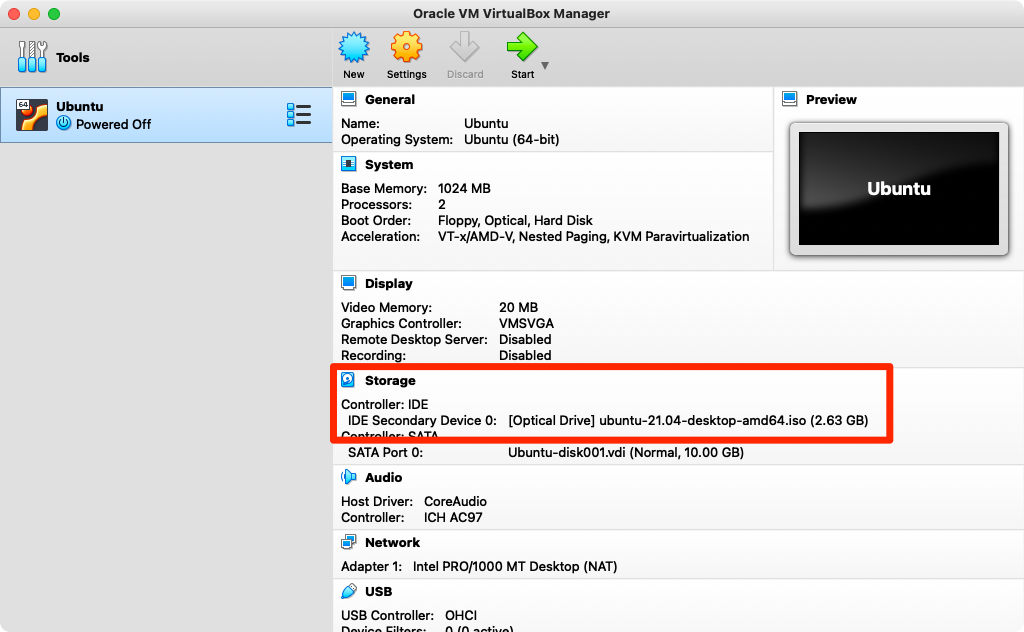

Windows 10 – Disk Management – New Simple VolumeĪn assistant opens, which you start by clicking on “ Next“. Windows 10 – Disk Management – Select partition styleĪfter initializing, you click with the right mouse button in the dashed area in the disk overview and select “ New simple volume“. In the selection window for the partition style you can accept the default “ MBR” by clicking on “ OK“. Windows 10 – Disk Management – Initialize Disk You can do this by right-clicking on the data carrier label on the left and selecting “ Data carrier initialization“. You can then see the virtual hard disk in the data carrier list, but it still must be initialized.

Windows 10 – Create and Attach Virtual Hard Disk – Set size, format, type We recommend the standard format VHD and “ Dynamically expandable” for reasons of flexibility. Next you choose the desired size of the virtual hard disk, format and type. Windows 10 – Create and Attach Virtual Hard Disk – Location and File Name All data on the virtual hard disk will be written to this file later. Then you select the desired folder and enter a file name. Windows 10 – Create and Attach Virtual Hard Disk In the settings window you first click on “ Browse” to specify the location of your virtual drive. Windows 10 – Disk Management Actrion – Create Virtual Hard Disk (Create VHD) In “ Disk Management” you click on “ Action” in the menu above and select “ Create virtual hard disk“. You can find this by right-clicking on the Start menu and via the alternative context menu. In order to create a virtual drive as a normal hard drive, the “ Disk management” built into Windows 10 is the best place to start.

#No virtual optical disk file how to
Windows 10: How to Create a virtual drive as a hard drive The data in the drive is available in files or folders, which are represented by software in the operating system as a drive. While a traditional hard disk is a physical component in a Windows 10 PC, a virtual drive is just simulated by the platform as a separate drive while the holding file might be stored anywhere on your system. For example, loading a DVD image in ISO format, partitioning ramdisk for apps that hog system performance, or creating a drive that is secured by a password. Creating a virtual drive in Windows 10 is certainly useful for numerous situations.


 0 kommentar(er)
0 kommentar(er)
